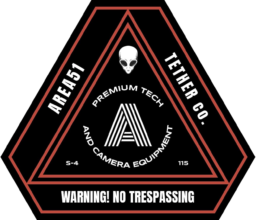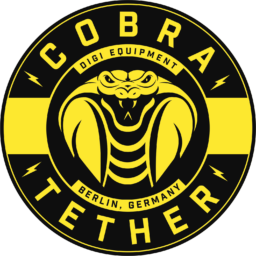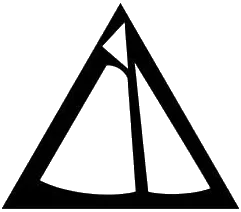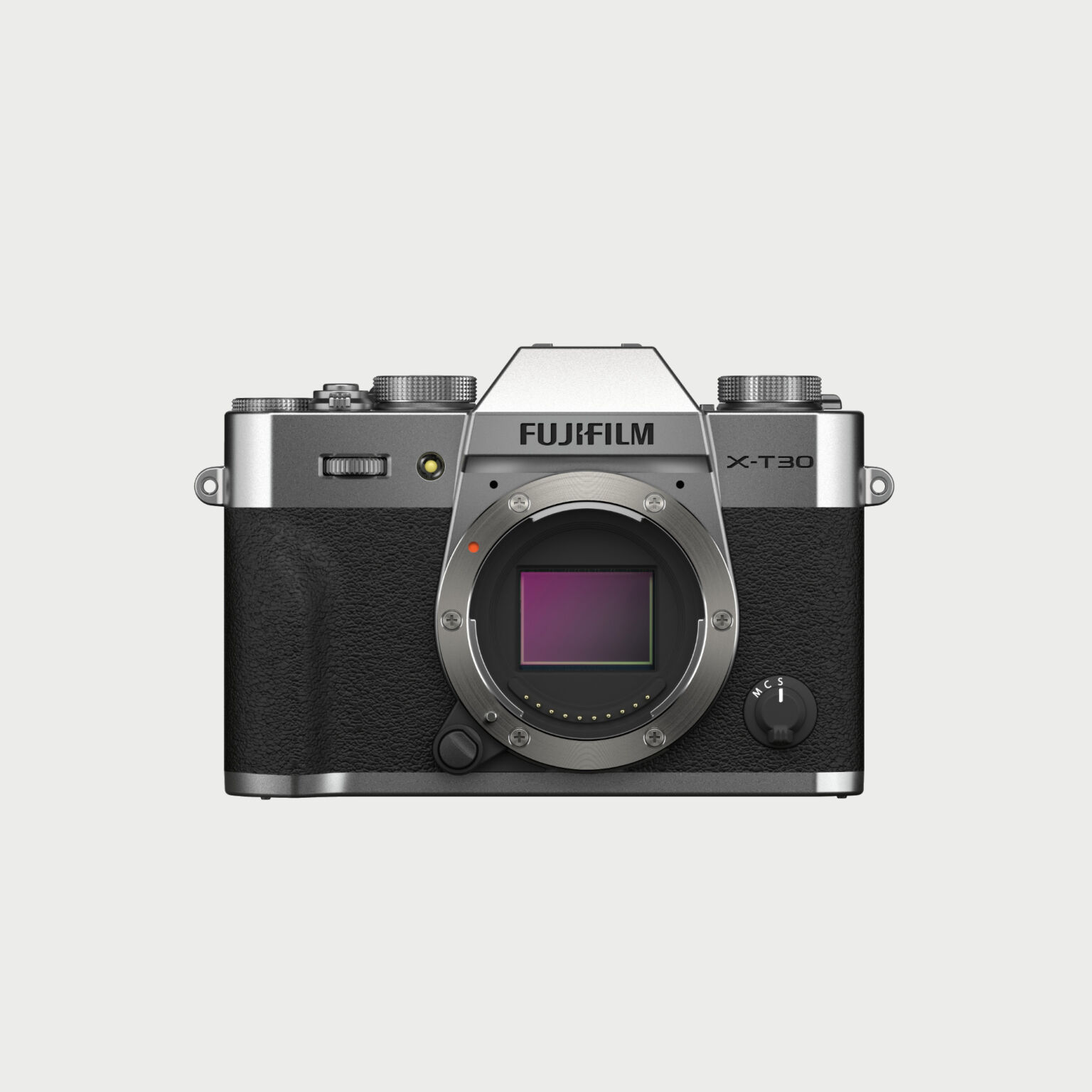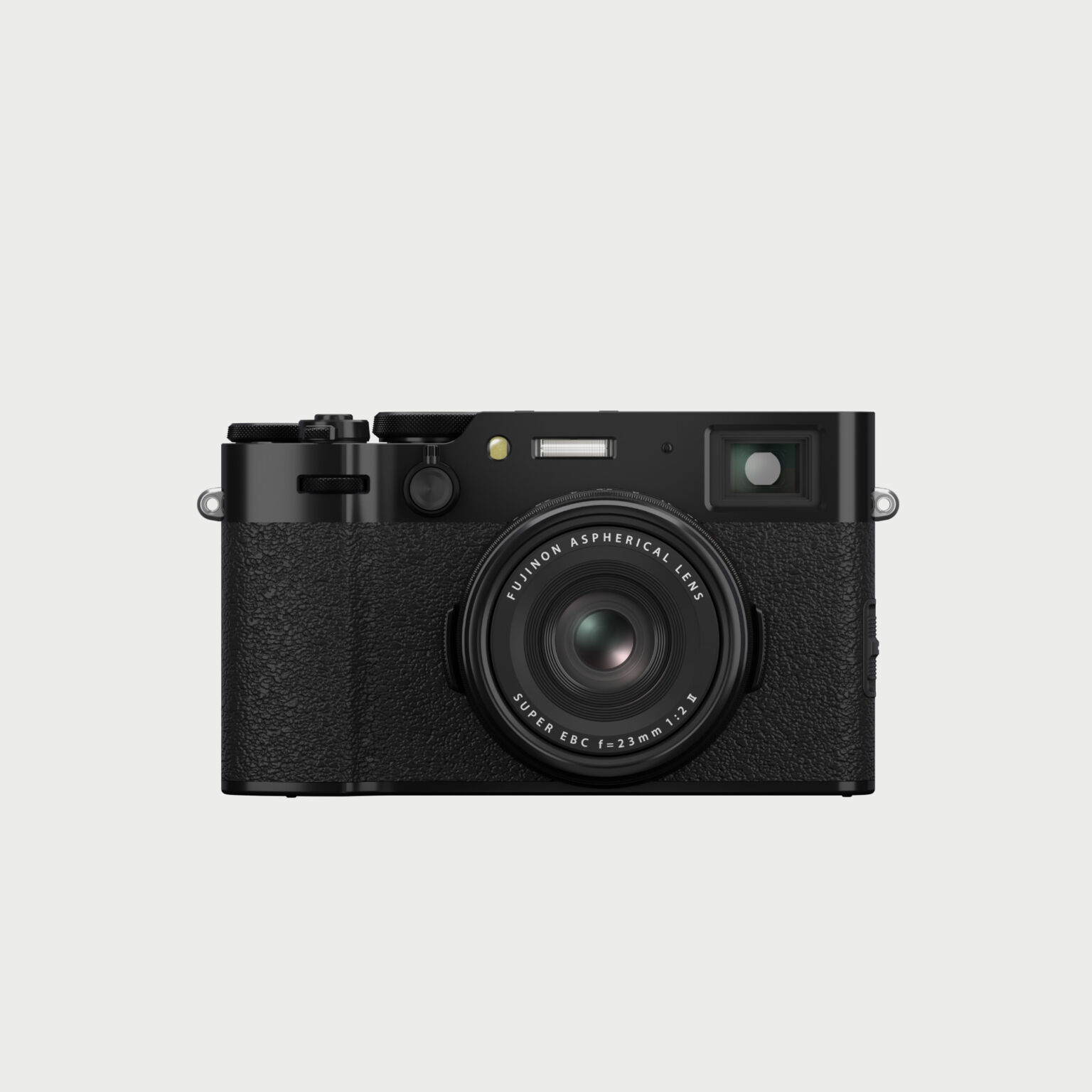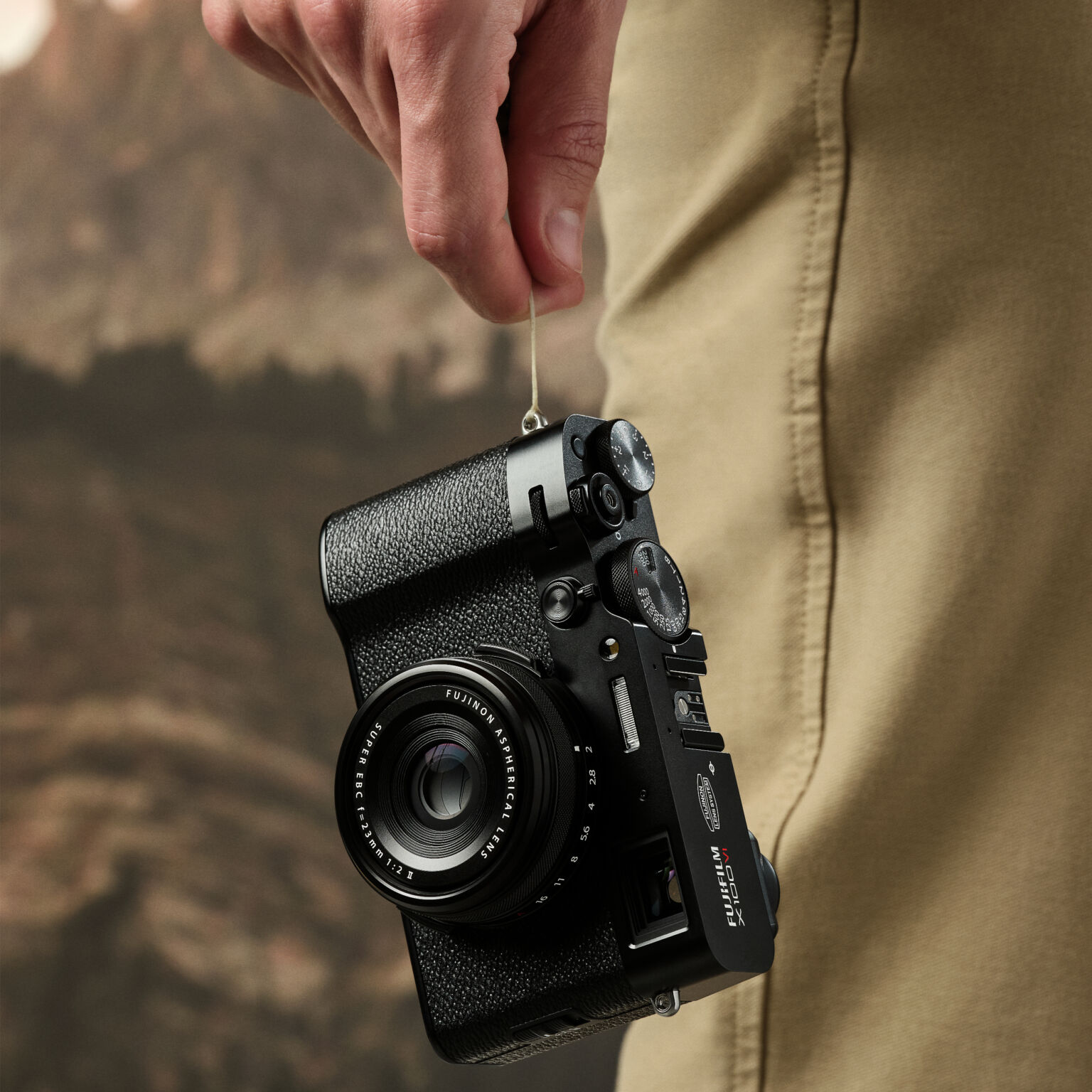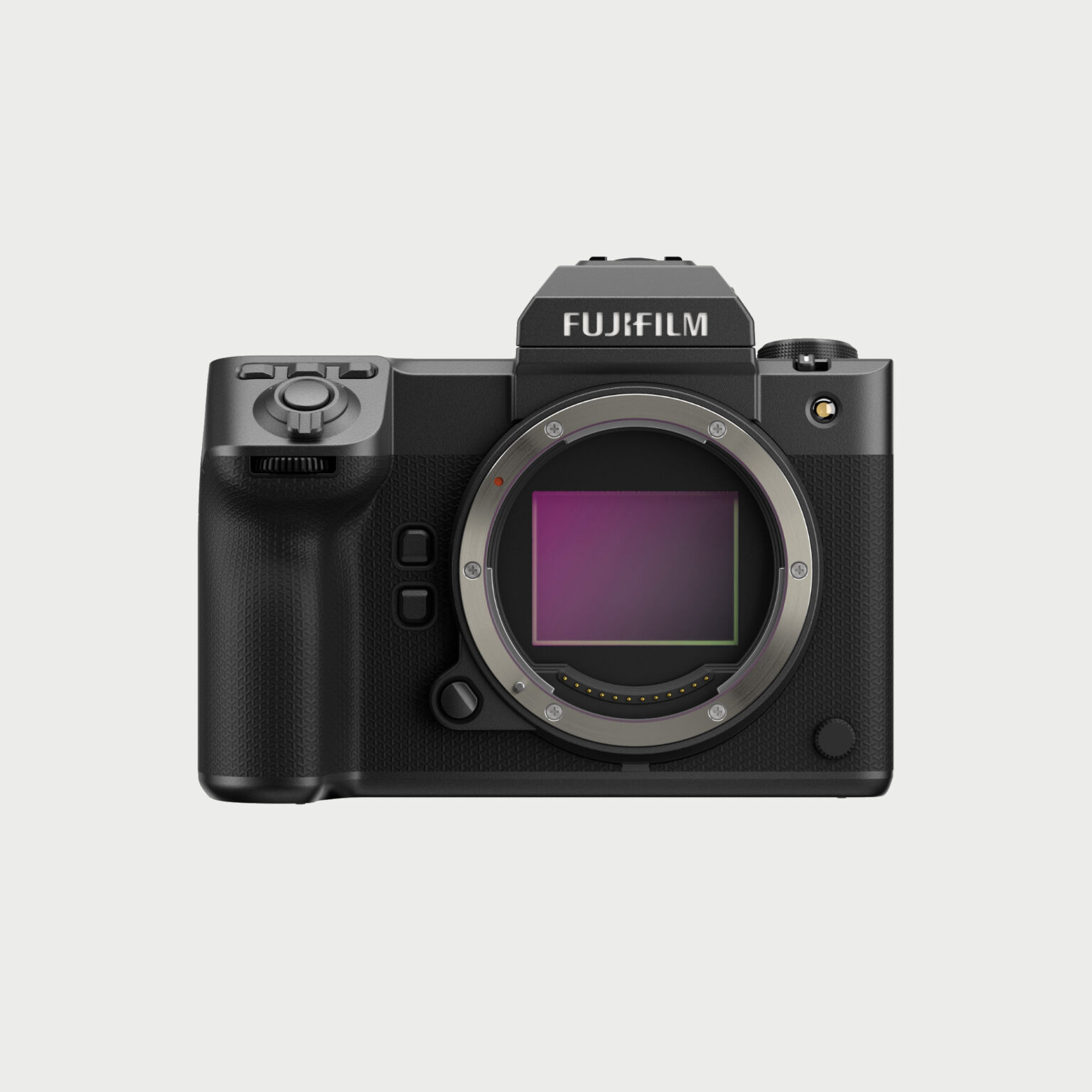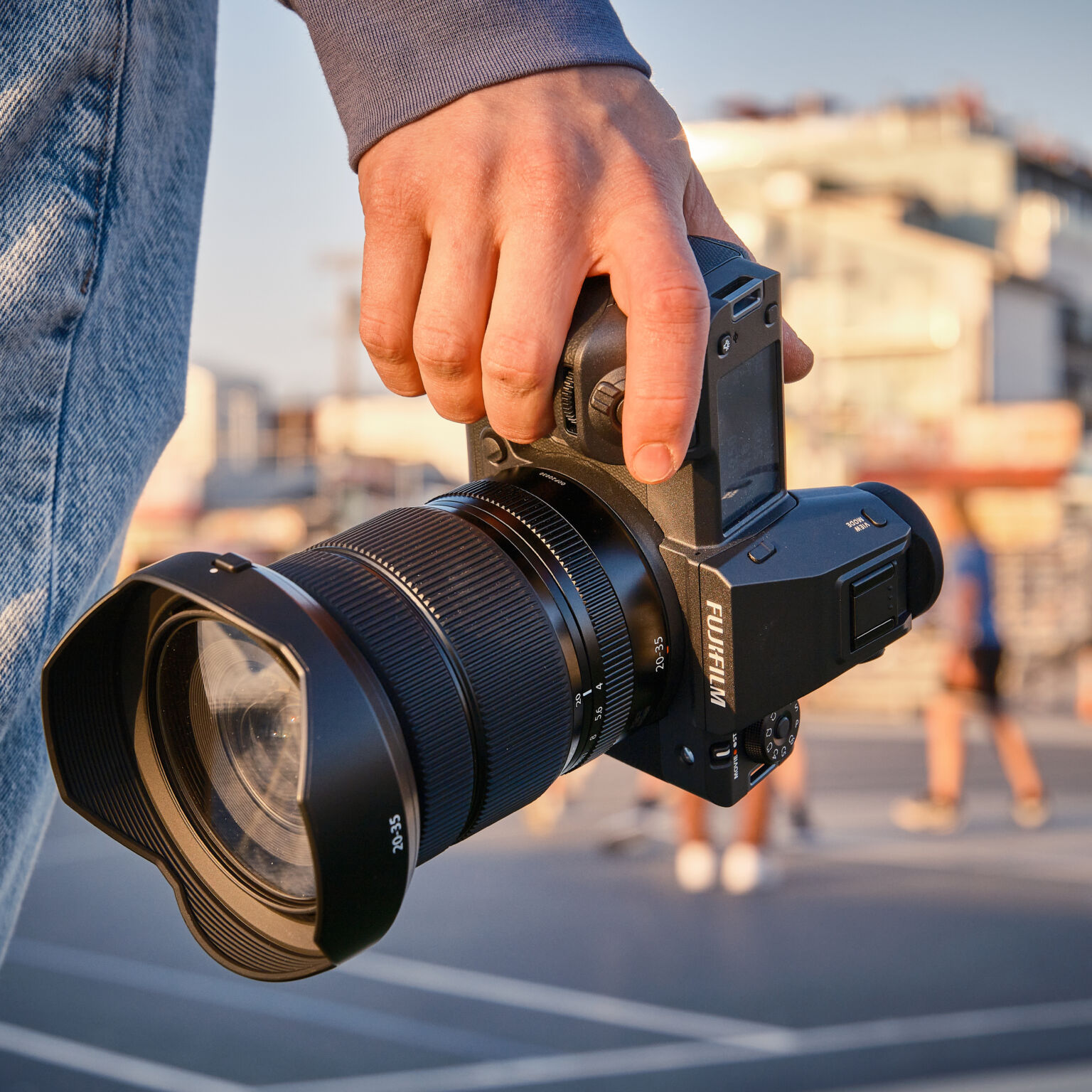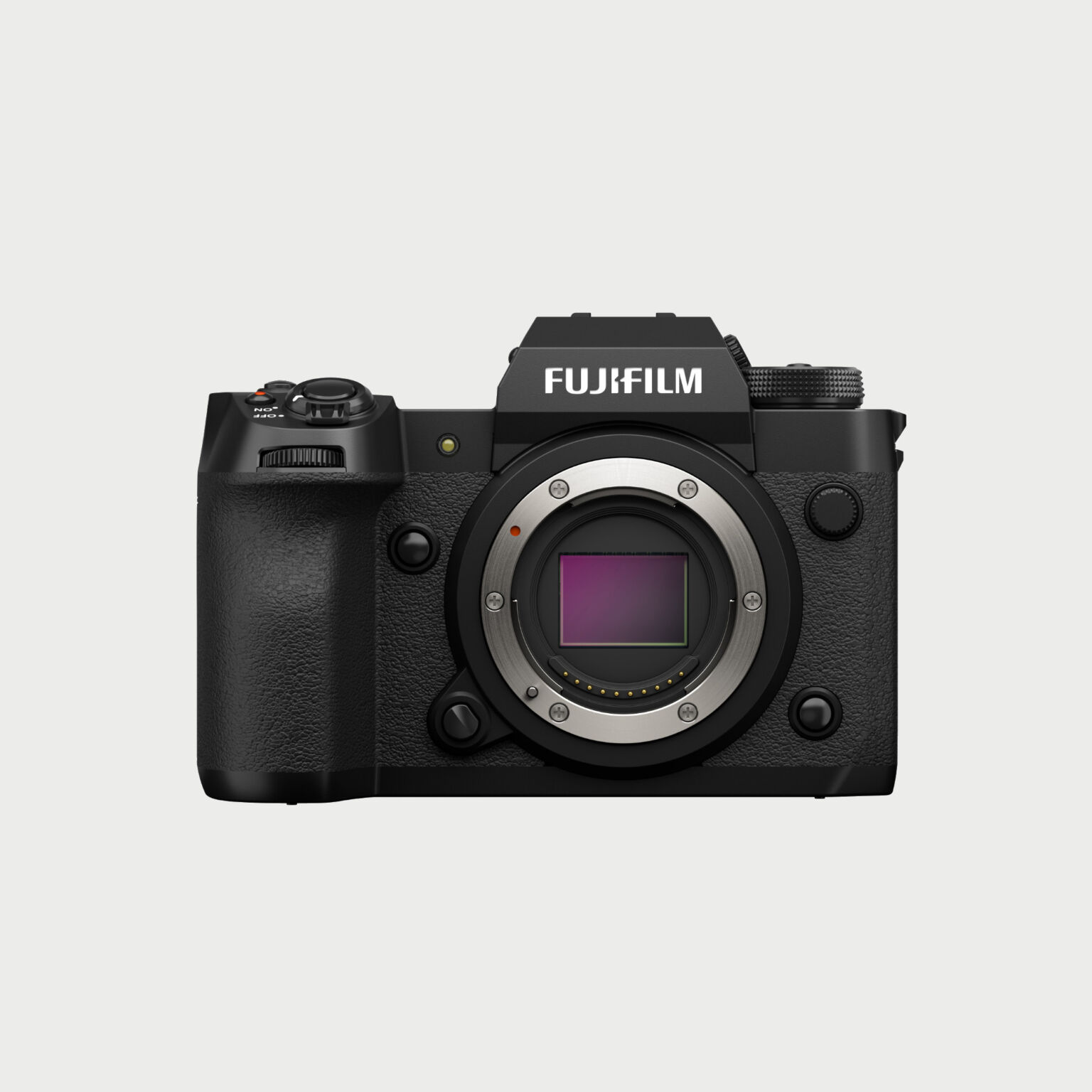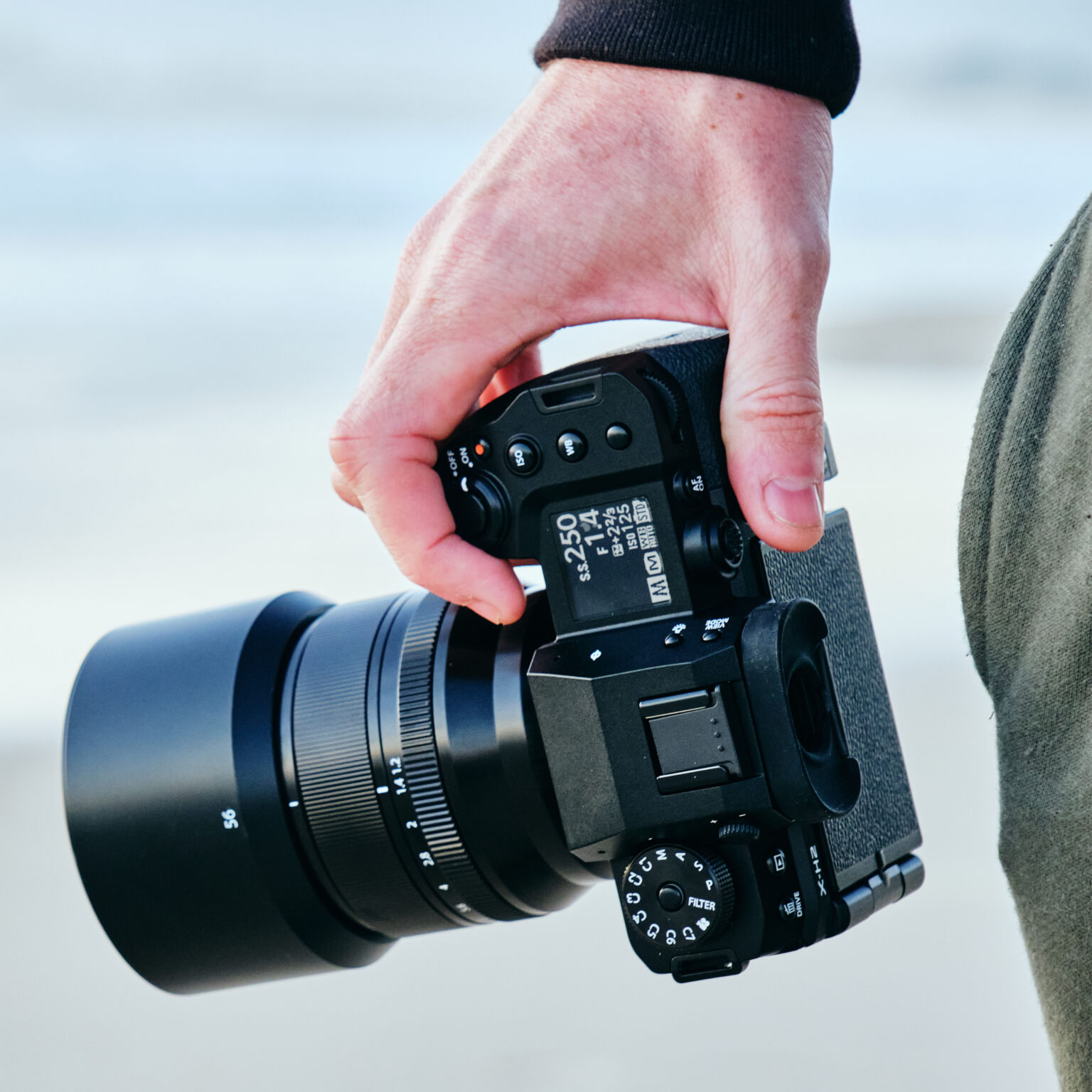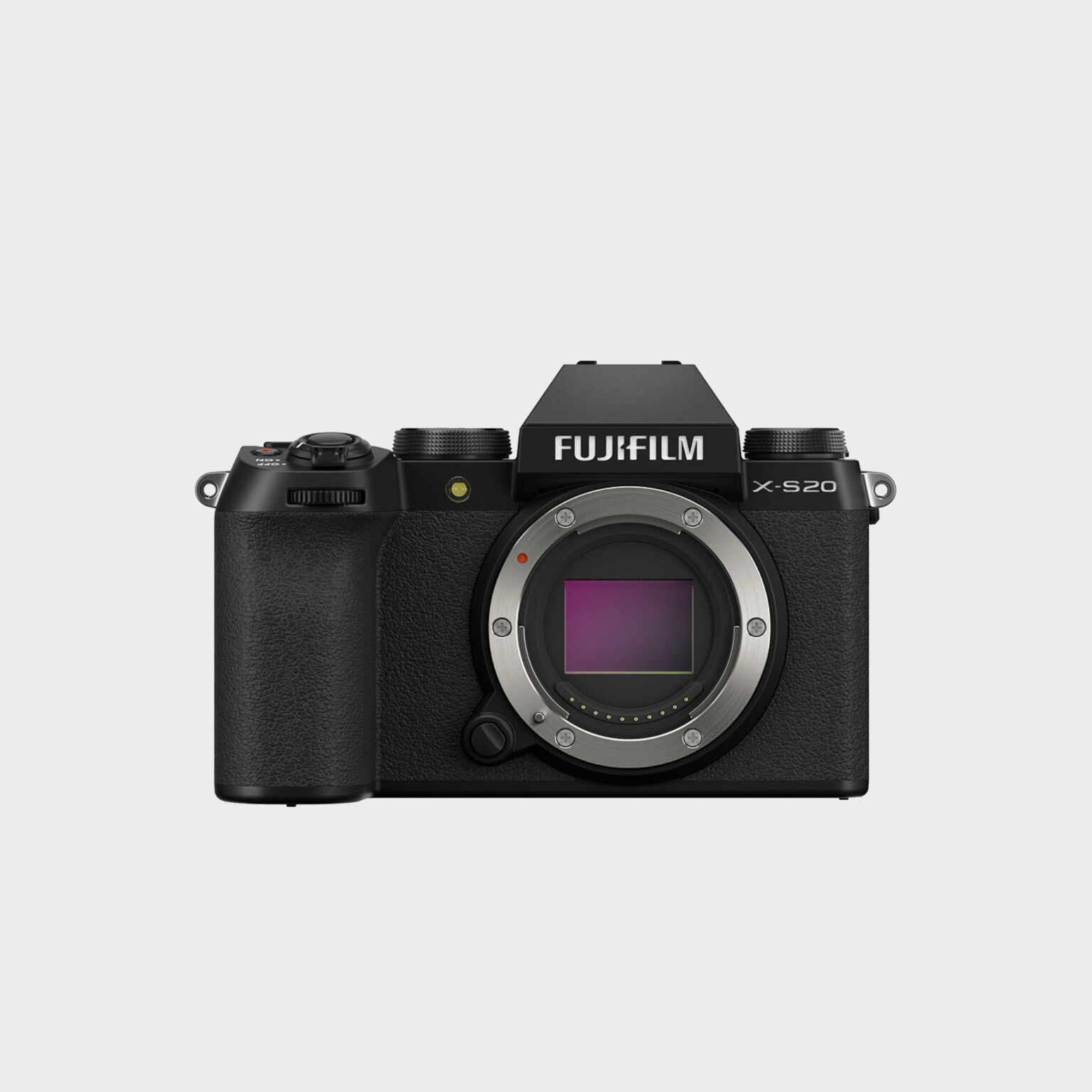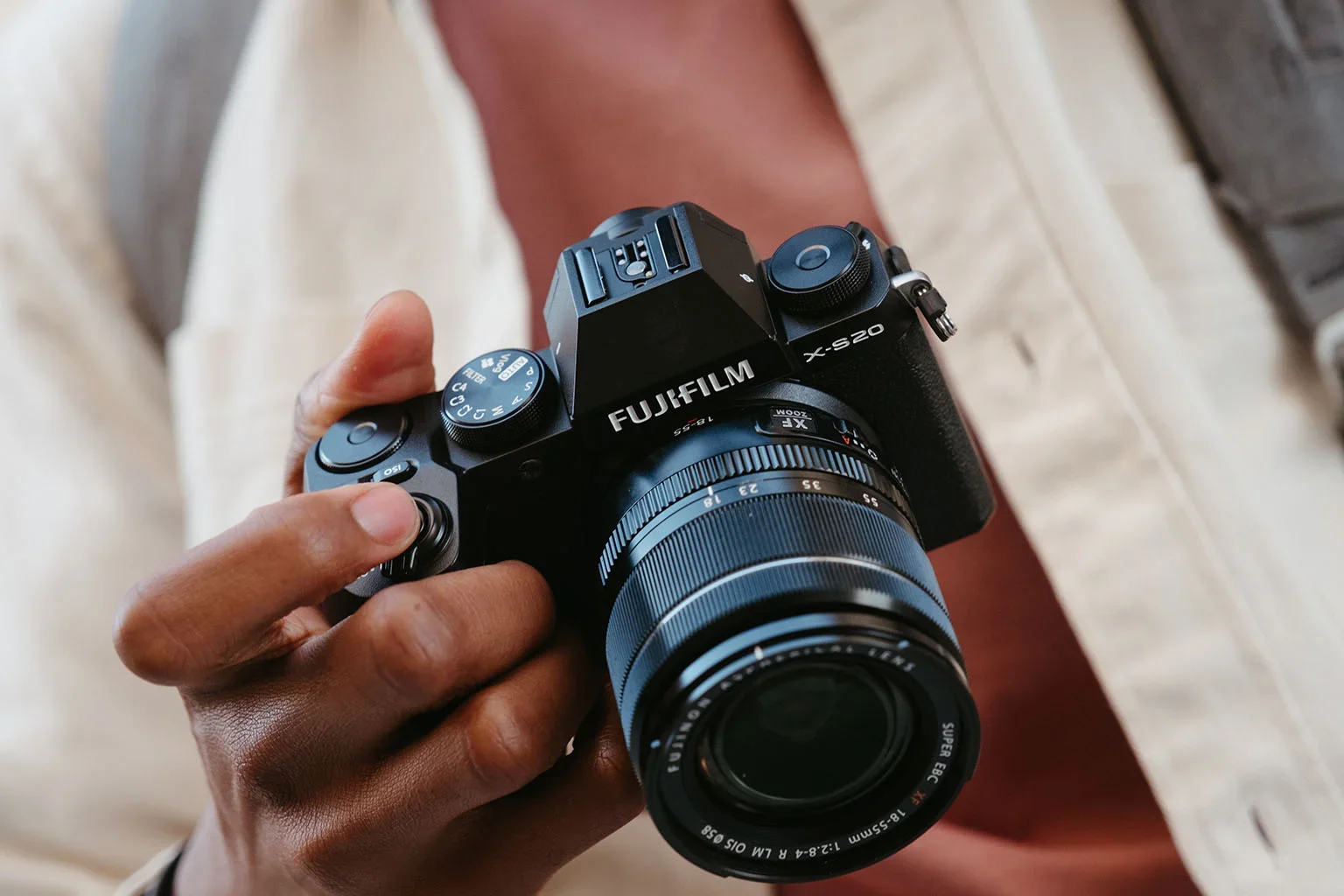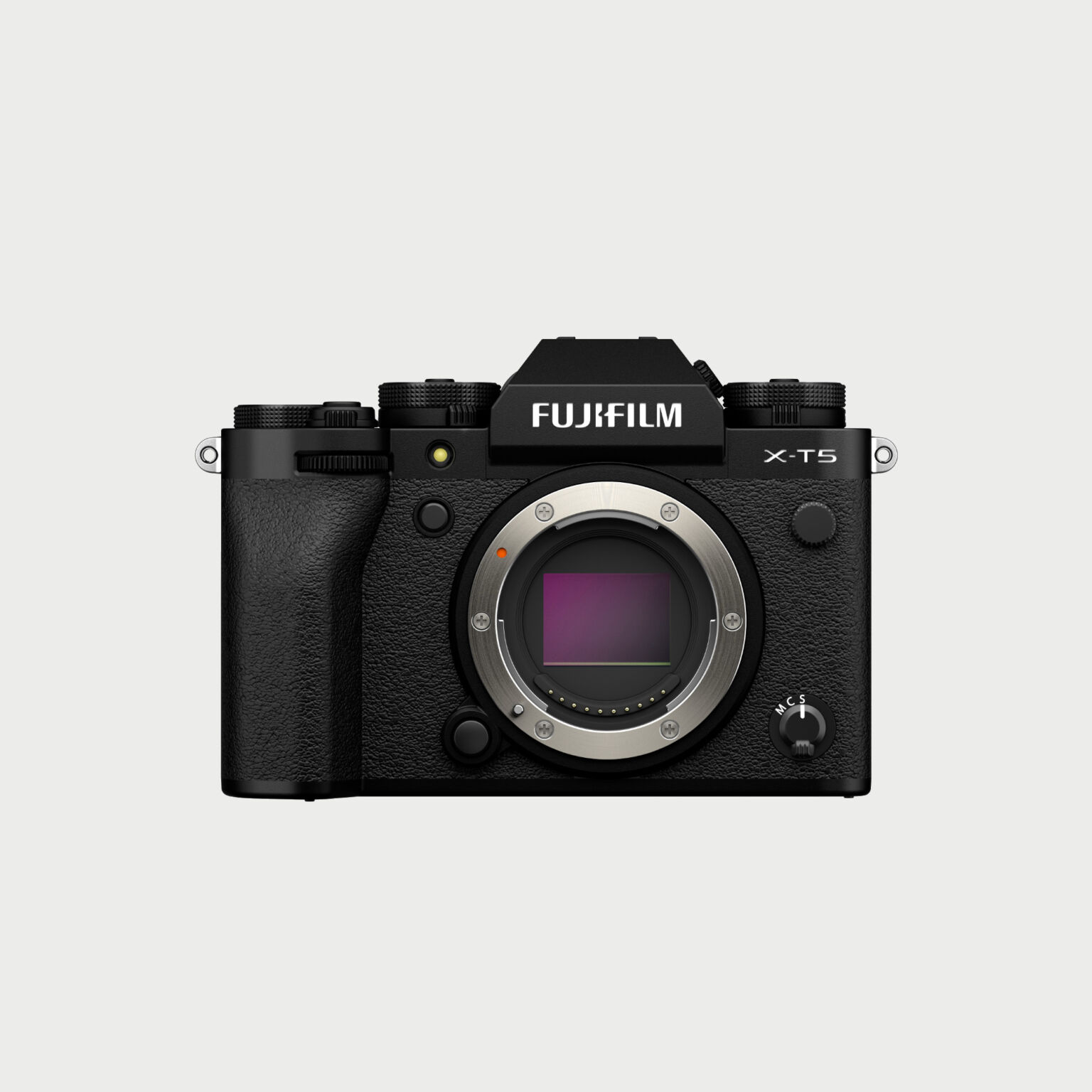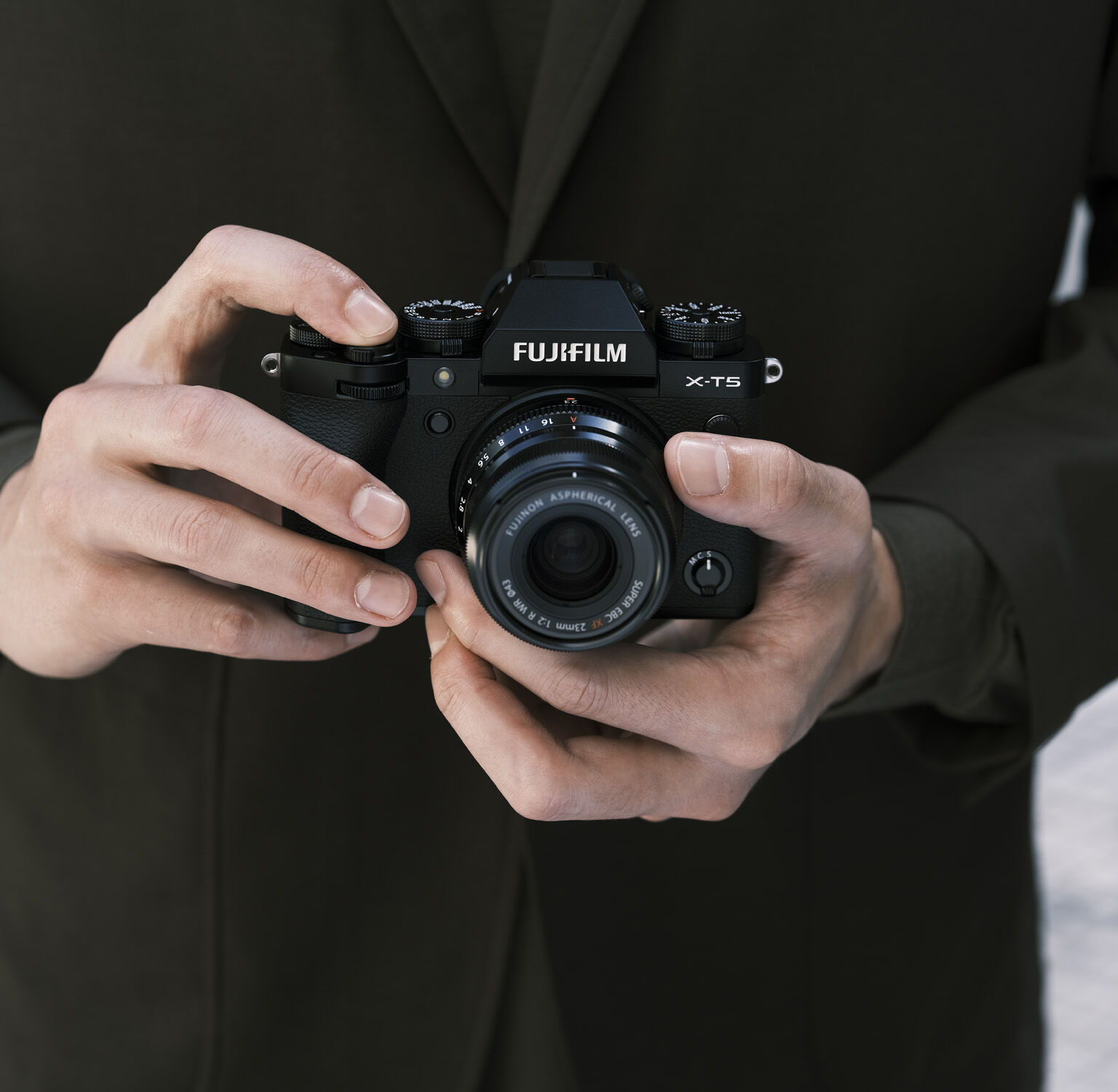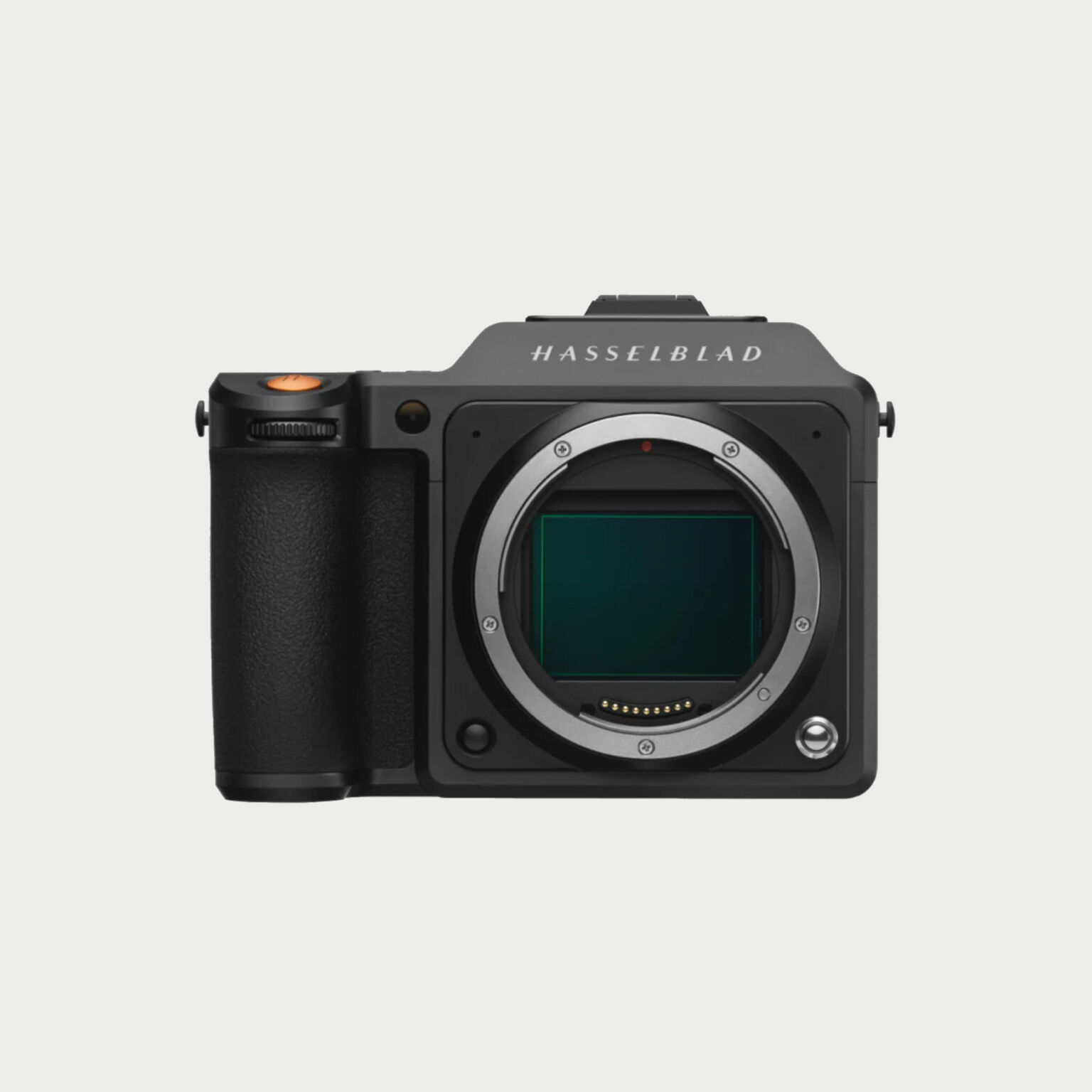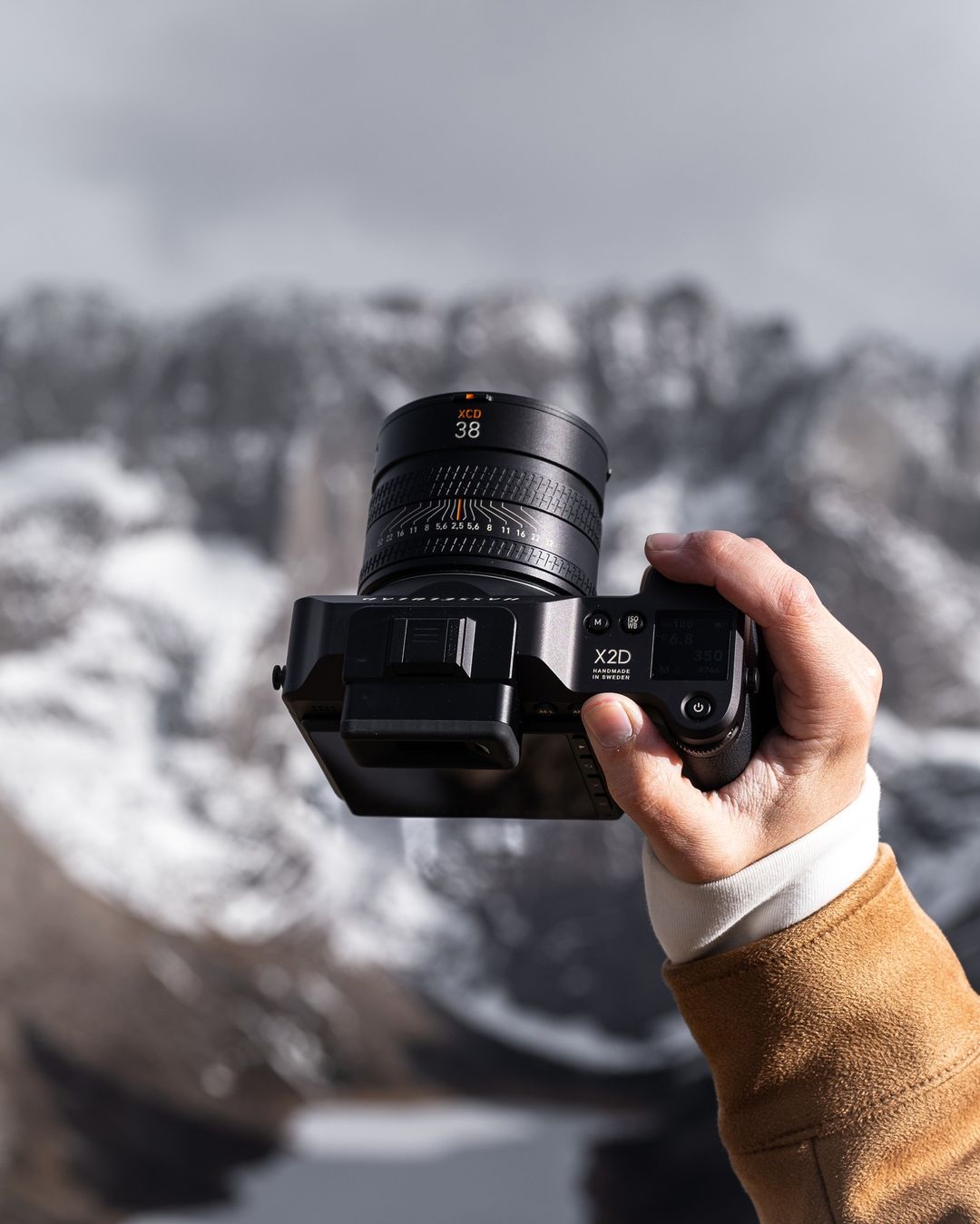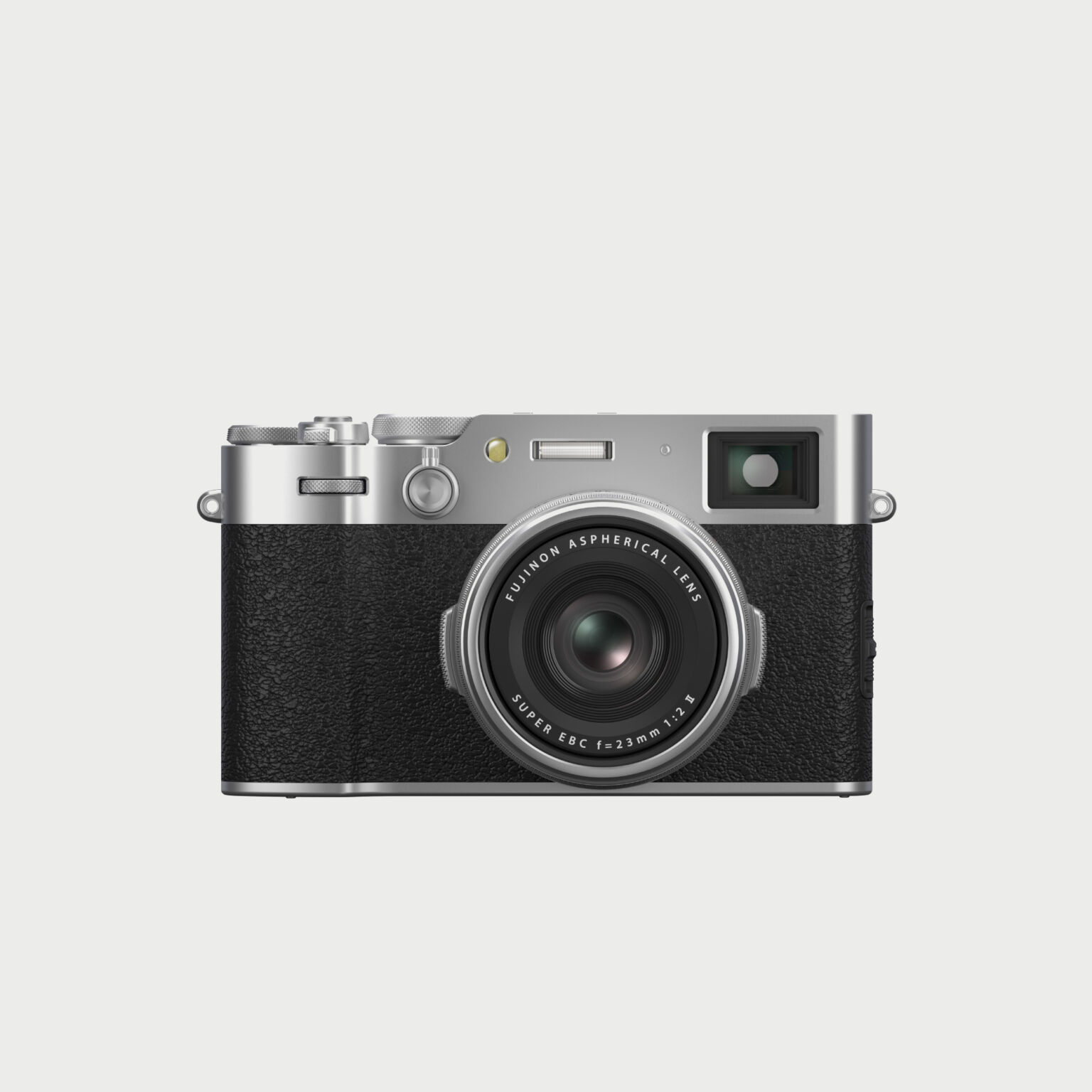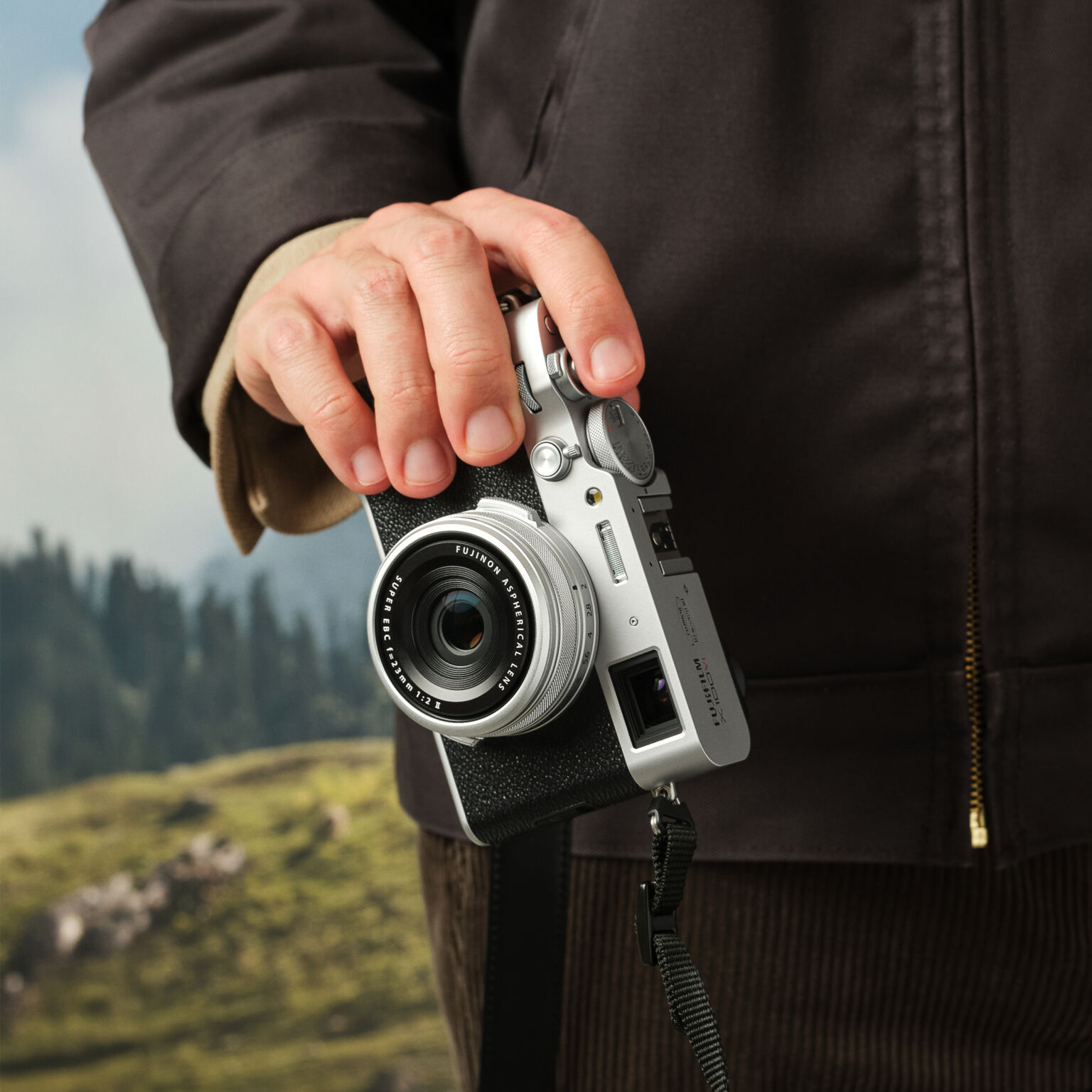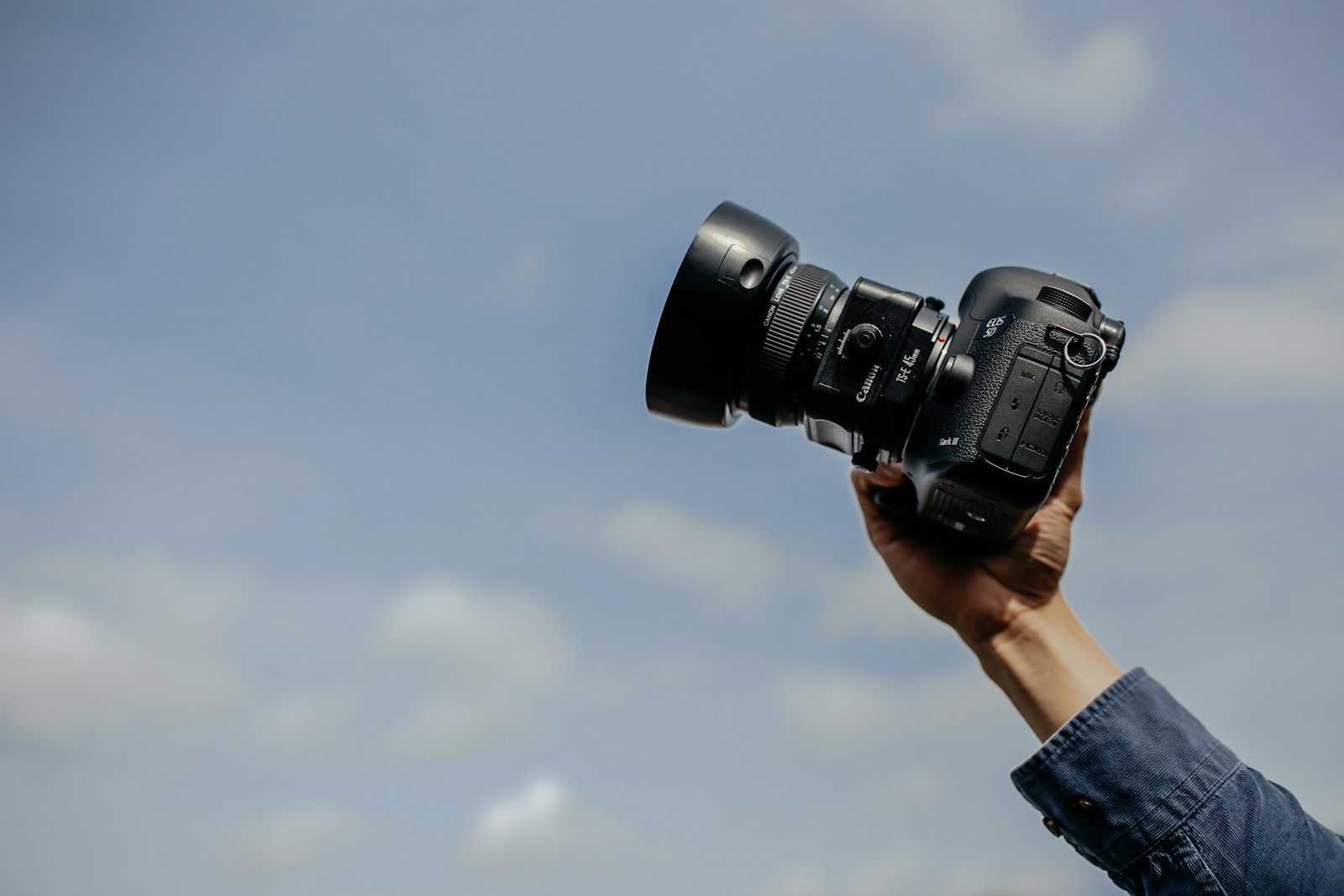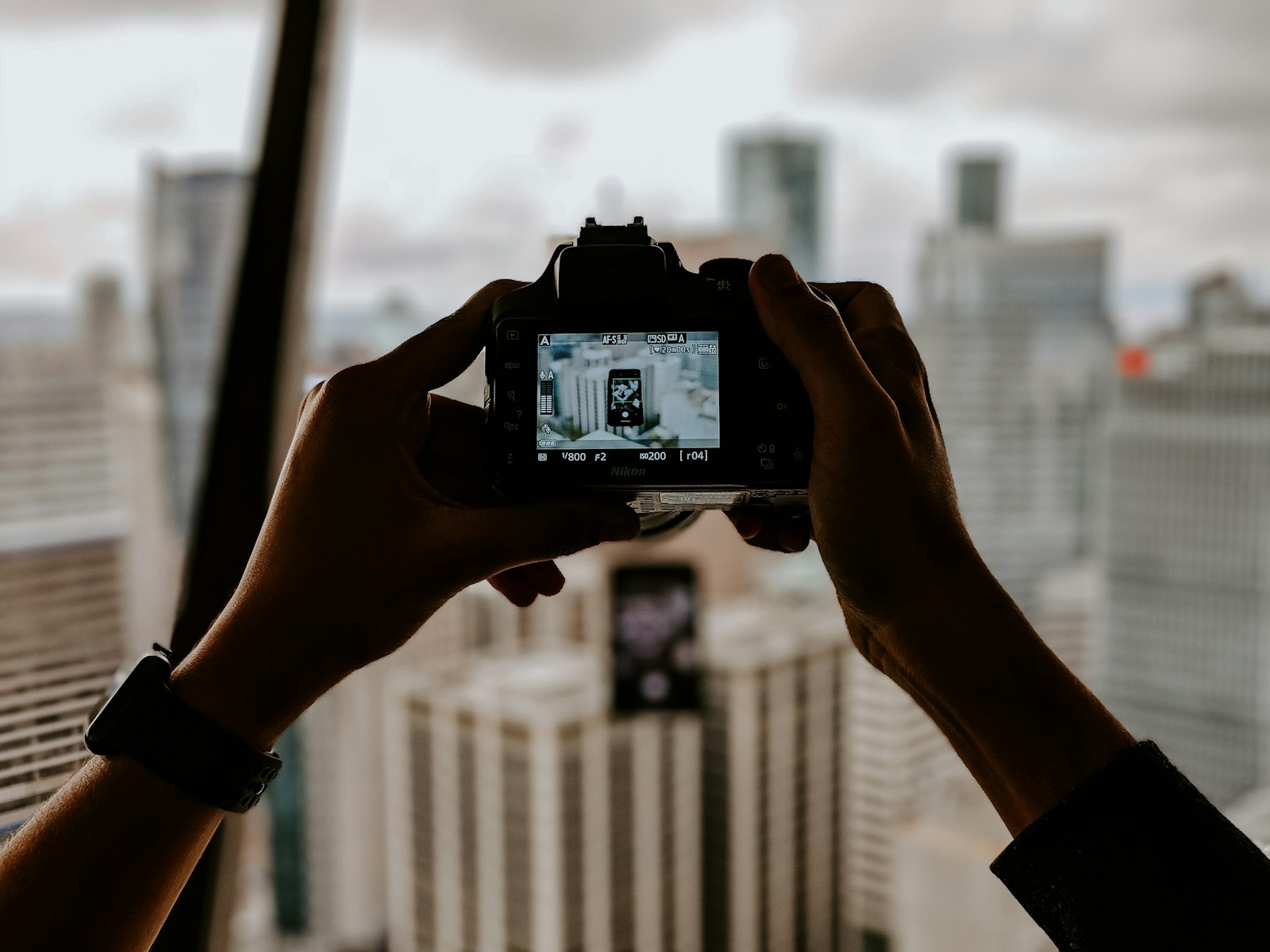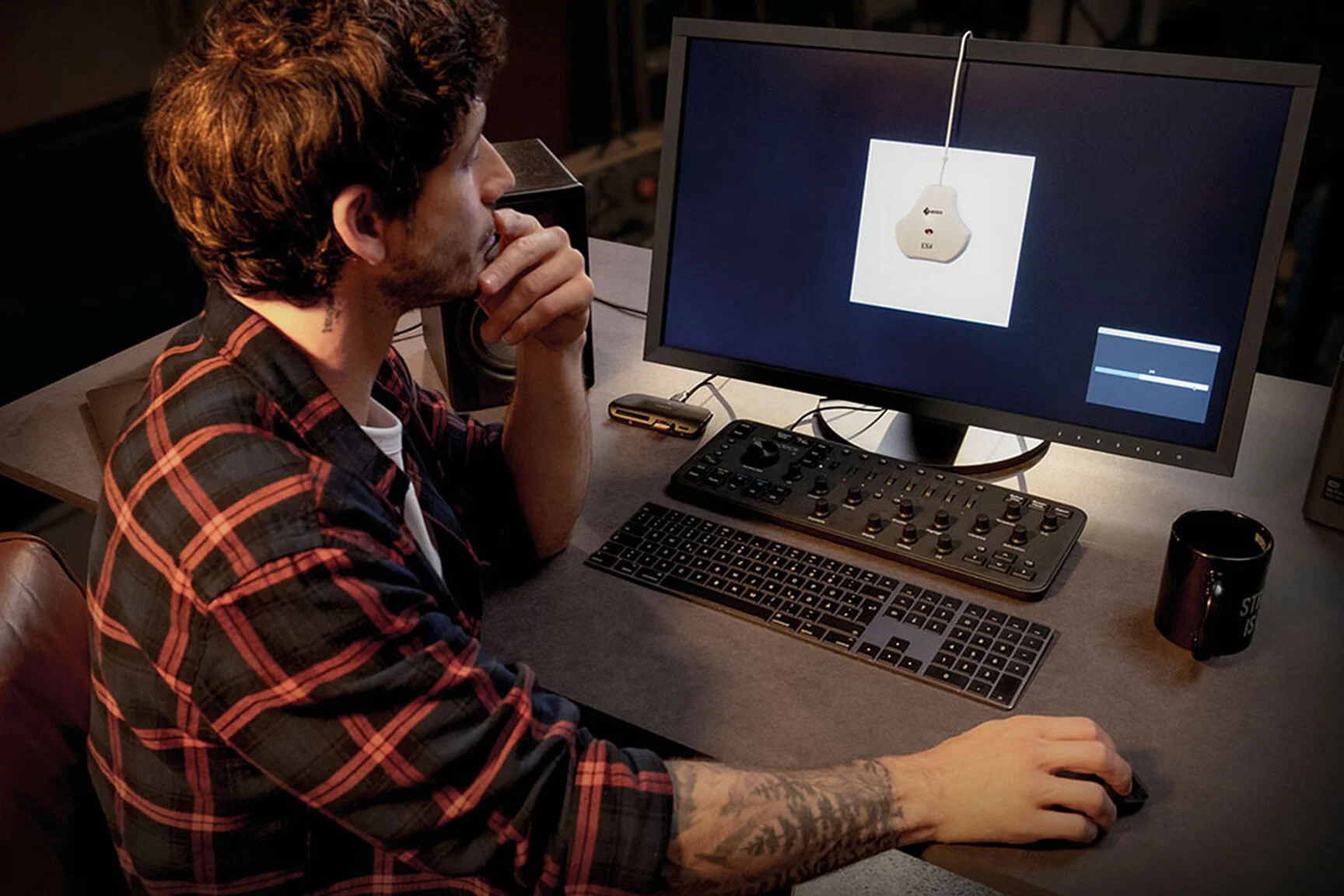There is a wide choice of lens types. From standard lenses to macro lenses, tilt-shift lenses and teleconverters, the choice is vast, and each lens is adapted to a specific type of photography. Find out more about all types of photo lenses.
When searching for a new camera, the initial choice revolves around opting for either a full frame or crop camera. Both cameras provide advantages and deliver high-quality images. Explore the advantages, disadvantages, and characteristics of both full-frame and crop cameras to make an informed decision and choose the right camera for your specific purpose.
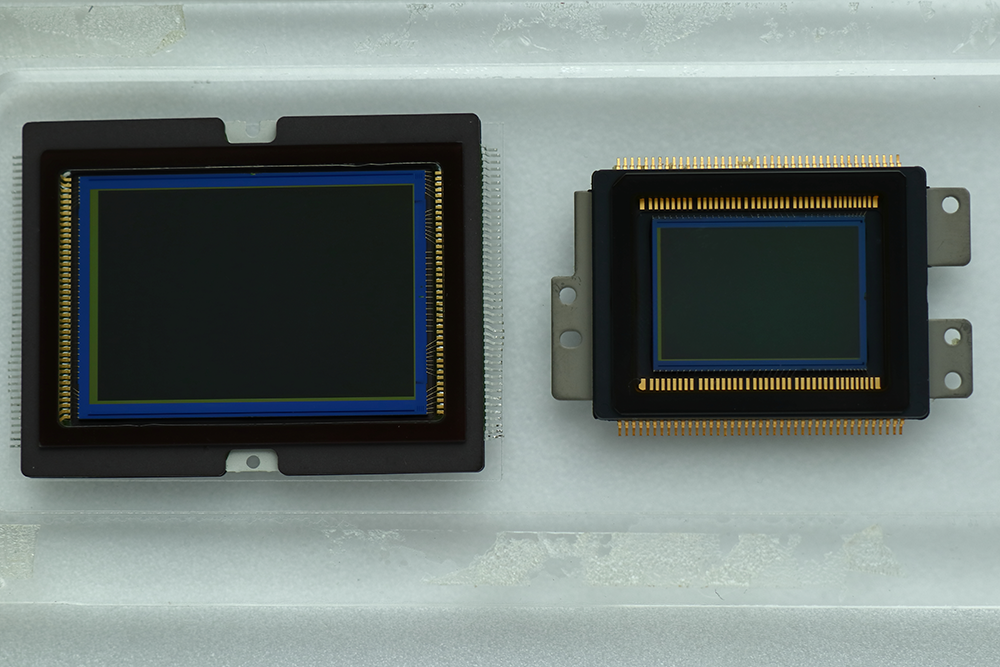
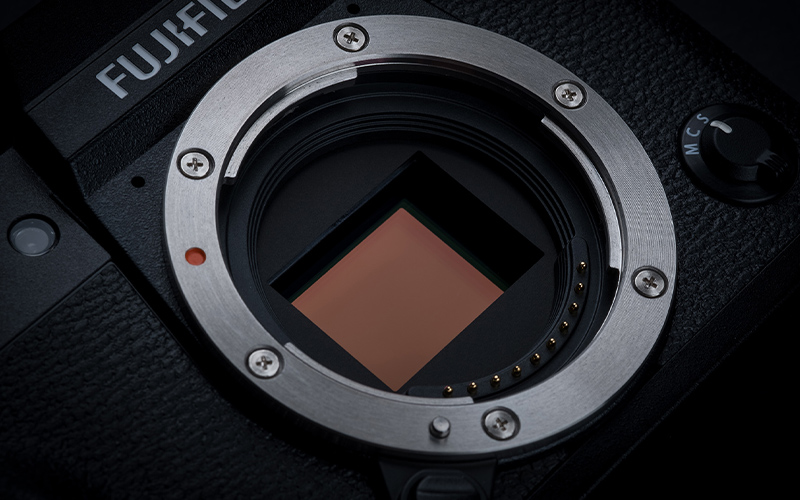
What is a full frame camera?
A full frame camera refers to a digital or film camera with a sensor size that is equivalent to a 35mm film frame, measuring approximately 36mm by 24mm. These full frame cameras are known for their larger image sensors, offering better image quality, improved low-light performance, and a shallower depth of field compared to cameras with smaller sensor sizes, such as crop sensor or APS-C cameras.
Discover our full article about different types of camera sensors.
Full frame cameras typically offer superior image quality compared to cameras with smaller sensor sizes. The larger sensor allows for more light-gathering capability, which results in better performance, especially in low-light conditions. Due to the larger sensor size, full frame cameras can also achieve a shallower depth of field and a wider field of view. Full frame cameras are commonly used by professional photographers for various genres, including portrait, wedding, landscape, and commercial photography. The superior image quality and versatility make them a popular choice for professionals who require top-notch results.
The lenses are specifically designed for either full frame or crop sensors. If you have a full frame camera, you should use lenses designed for full frame. Using lenses not suited to your camera may result in black edges in your photos, requiring cropping, as the image captured by the lens is smaller than the frame on the sensor.
Full frame cameras offer several advantages over crop sensor cameras, particularly in low-light performance. With their larger sensors, full-frame cameras excel at capturing high-quality, sharp images even in dimly lit environments. They minimize ISO noise, allowing for intricate scene details and a broader dynamic range, ideal for shooting scenes with varying luminosity contrast. Expansive sensors of the full frame cameras capture more information with larger pixels, facilitating the recovery of overexposed or underexposed photos when shooting in RAW format. Additionally, full frame sensors provide a wider field of view, enabling you to capture more of the scene in front of you. Their sensor size also enhances the bokeh effect, creating beautifully blurred backgrounds and offering greater control over light by adjusting the aperture.
Low-Light Performance
The full-frame cameras offer high image quality, clarity, and sharpness at elevated ISO values, providing artistic freedom even in low-light settings.
Minimize ISO noise
Full frame cameras minimize ISO noise, capturing intricate scene details, and boast a broader dynamic range. This enables shooting scenes with high luminosity contrast.
Expansive sensors
Due to their expansive sensors, full frame cameras capture more information with larger pixels. Shooting in RAW allows for recovering overexposed or underexposed photos by tapping into the detailed information stored in your full-frame camera.
Wide Field of View
Full frame sensors provide a broader field of view, this allows you to capture more of the scene in front of you.
Shallow depth of field
The sensor size enhances the bokeh effect, creating an appealingly blurred background. Full frame cameras naturally create a shallower depth of field, letting you control light by adjusting the aperture (using a larger f-number).
Cost
Bigger sensors are pricier and harder to make, making full frame cameras more expensive. They also require more expensive lenses, adding to the overall cost
Size and weight
Full frame cameras and lenses are generally larger and heavier, making them less portable and harder to handle, even the compact and mirrorless full frame options.
Larger files
The increased data recording with full frame sensor cameras results in larger files and slower image processing, necessitating a larger memory card.
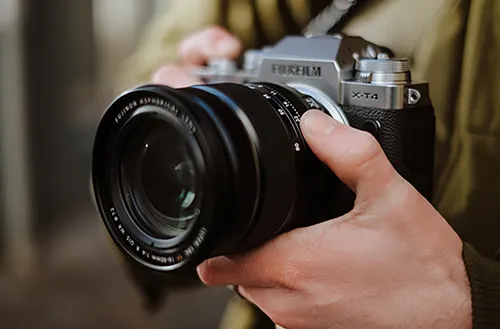
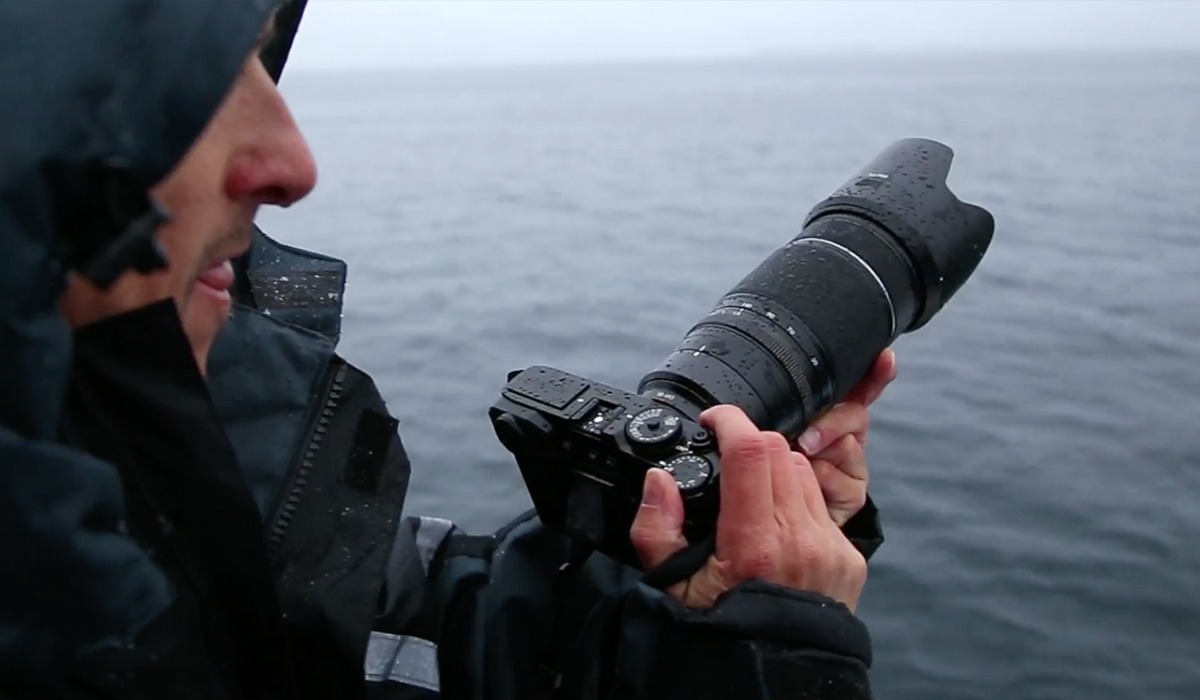
What is a crop camera?
A crop camera, also known as an APS-C or crop sensor camera, features a smaller image sensor compared to a full frame camera, they typically measure 22.5×15 mm or 24×16 mm. The crop sensor results in a narrower field of view, effectively multiplying the focal length of the lens. While generally more affordable and compact, crop cameras may exhibit differences in low-light performance and depth of field compared to their full-frame counterparts. They are commonly used by enthusiasts and photographers seeking a balance between performance and affordability.
No, crop sensor cameras are not inherently bad; they serve different purposes for photographers. They offer affordability, portability, and specialized advantages like extended reach. While full-frame cameras may excel in certain aspects like image quality and lens compatibility, crop sensor cameras have their own strengths and can produce excellent results. The choice between the full frame and crop sensor depends on individual needs and preferences, with neither being inherently superior or inferior.
While a cropped frame lens is not compatible with a full-frame body, a full frame lens can be used on a crop camera. In such cases, the image in the lens exceeds the frame on the sensor, and only a portion of the scene fitting the frame is recorded. This results in a narrower field of view and a larger subject. Investing in full frame lenses for a crop factor camera allows for an easier transition to a full-frame camera later, avoiding the need to replace all your lenses.
Crop sensor cameras offer several advantages that make them a compelling choice, particularly for beginners and photographers on a budget. One of the primary benefits of the crop sensor is their cost-effectiveness and the wide range of options available, including DSLR, mirrorless, and compact models. This affordability and versatility make crop sensor cameras accessible to a broad audience of photographers. Additionally, the crop factor of these cameras results in an increased effective focal length, effectively magnifying the image captured by the lens. This can be advantageous for wildlife photography, where significant magnification is often necessary. By pairing a telephoto lens with a crop sensor camera, photographers can further enhance the magnification effect, making it easier to capture detailed shots of distant subjects.
Cost-effective and choices
Crop cameras are generally more affordable and offers a diverse selection of DSLR, mirrorless, and compact models. The price and versatility of crop cameras make them the ideal choice for beginners.
Increased effective focal length
The crop factor results in a magnification effect that can work in your favor. Beneficial for wildlife photographs that require much magnification, you can associate your telephoto lens with a crop camera to multiply its magnification factor.
Lower image quality in low light
Smaller sensors may lead to increased noise especially at high ISO and in low lighting conditions.
Limited wide-angle capability
Crop cameras may face limitations in capturing extremely wide-angle shots.
Our selection of crop sensor cameras
Crop Sensor vs Full Frame Cameras: Which one to choose?
When choosing between crop sensor and full frame camera, consider your workflow and preferred settings. Although the general rule is to favor the best image quality, full frame cameras, while offering superior image quality, may prove impractical for on-the-go action shots and spontaneous street photography due to their weight. On the other hand, if you mainly use a tripod or work in a studio, the weight of the camera becomes less of an issue.
A full frame camera offers an expansive field of view, ideal for landscape photography. Its proficiency in low-light conditions and high ISO settings makes it well-suited for astrophotography. Additionally, certain portrait and commercial photographers favor full-frame cameras for their shallow depth of field and exceptional detail capture.
On the other hand, a crop camera increased depth of field might be desired for your photos. For instance, achieving an all-in-focus frame with a wide lens, regardless of the crop factor, could be your preference. In specific scenarios, the magnification effect resulting from the crop factor may enhance close-ups and macro photography.
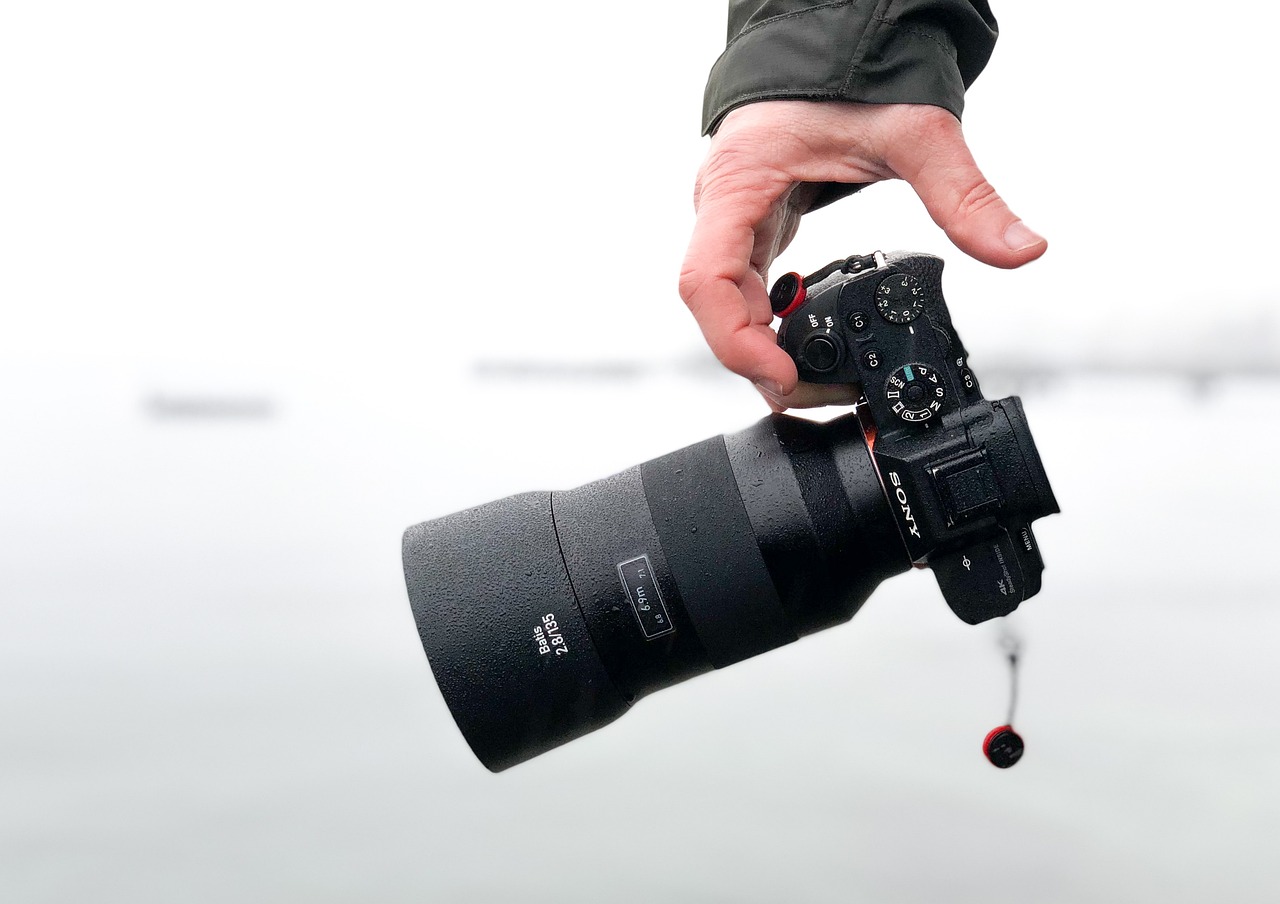
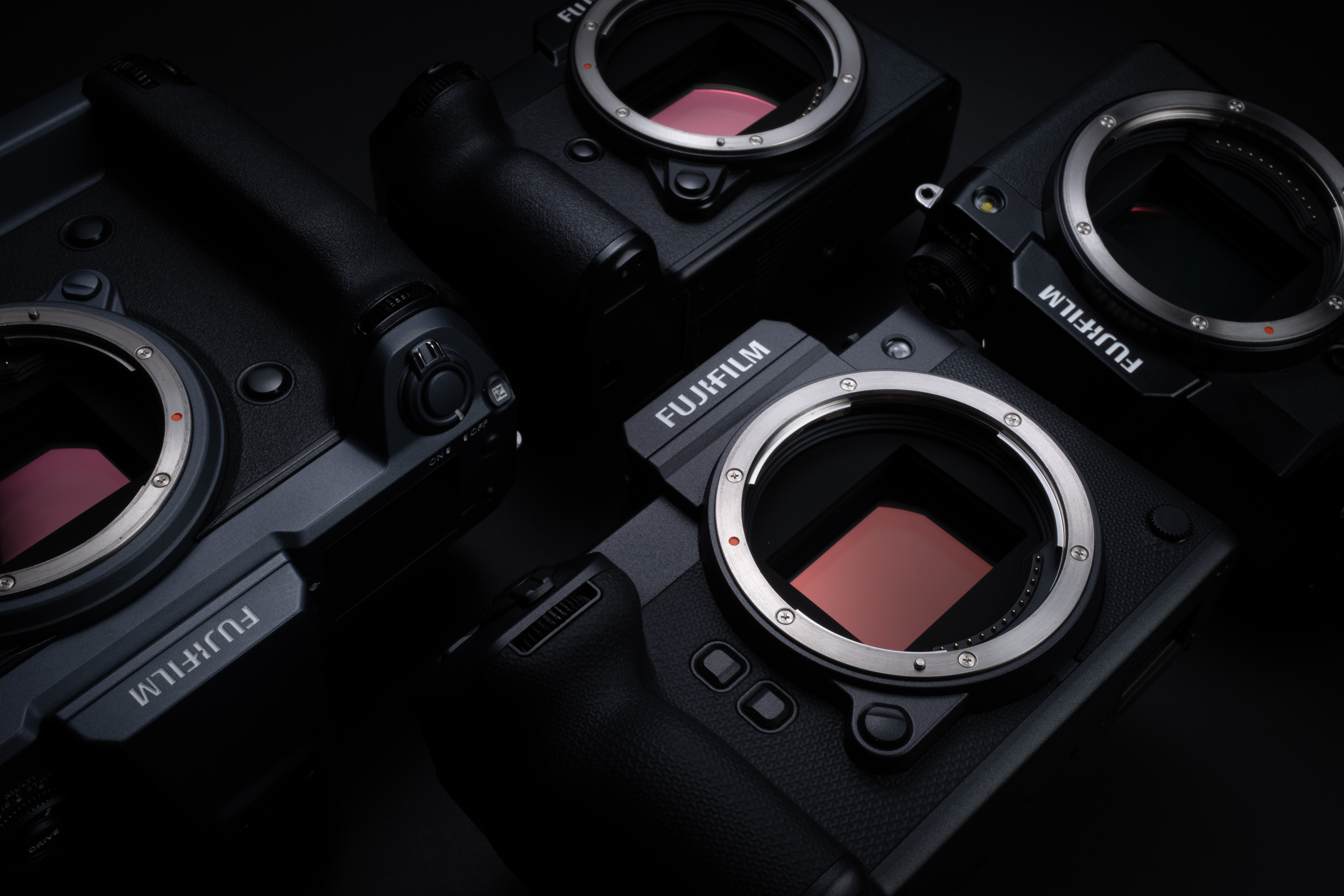
Full-frame VS Crop sensor: Final conclusion
When choosing between full frame cameras and crop sensors, the choice varies according to personal preferences, budgets, and workflows of the photographer. Some prioritize lighter cameras, while others emphasize the pursuit of the best image quality or superior low-light performance. It’s essential to go beyond advertising campaigns, delving into how each camera type aligns with your specific artistic goals and requirements.

